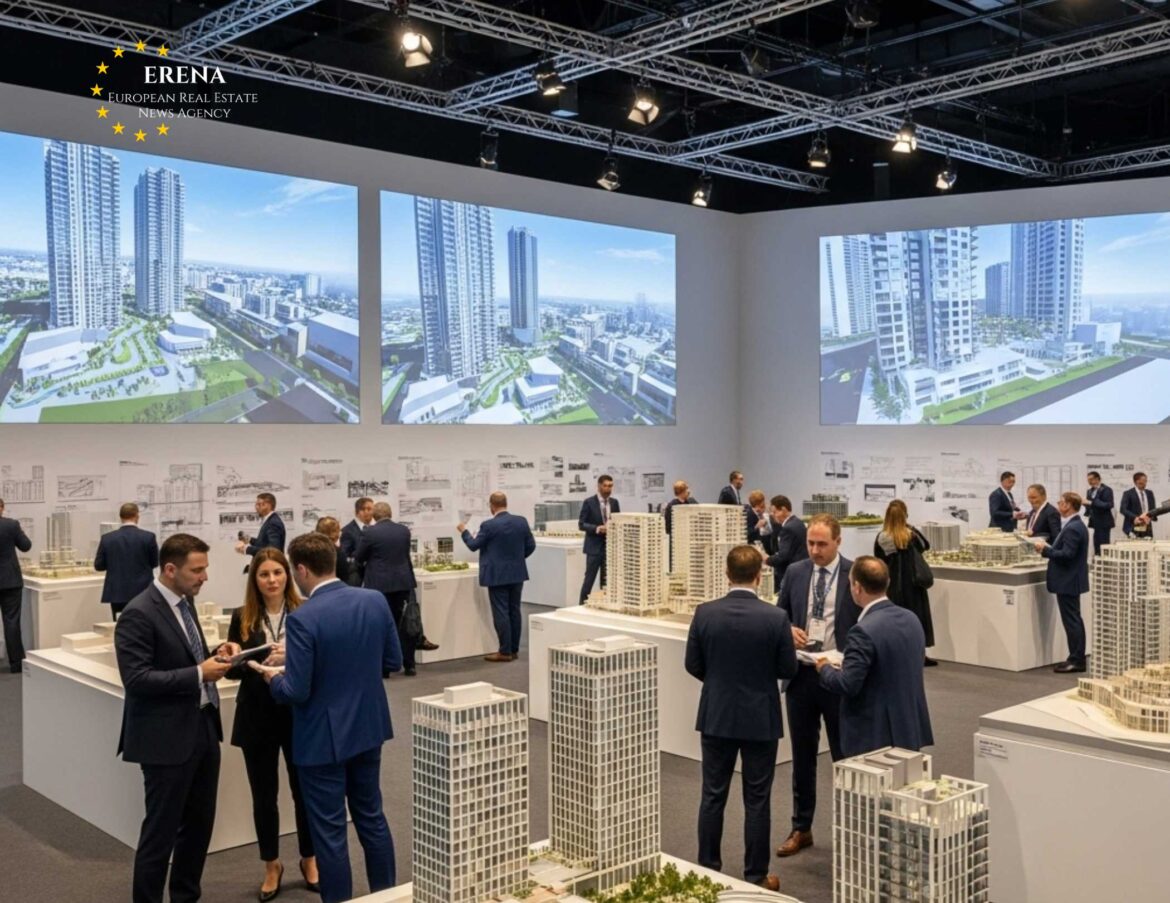In today’s competitive real estate market, attracting the right investors is a critical success factor for any development project. The right investors don’t just provide capital—they bring stability, credibility, and long-term value to a project. In 2025, developers are increasingly combining traditional outreach with innovative, digital, and sustainability-focused strategies to secure interest from aligned financial partners.
Understanding the Ideal Investor Profile
The first step in attracting the right investors is knowing who they are. Different projects require different types of financial support. Large residential developments may be suited to institutional investors, while boutique hotels or redevelopment projects might appeal to private or family offices.
Developers conduct in-depth investor profiling based on:
- Risk appetite (conservative, balanced, aggressive);
- Geographical focus (domestic vs international investors);
- Investment horizon (short-term returns vs long-term growth);
- Thematic interests (ESG-compliant, commercial property, rental housing).
By clearly defining the ideal investor persona, developers can tailor their investment offerings to meet specific expectations and needs.
Ensuring Project Transparency and Structure
Investors are drawn to projects with clear structures, sound legal frameworks, and well-defined business plans. Developers that provide thorough and organized documentation often gain a significant edge.
Key components include:
- A detailed revenue model and return timeline;
- An outline of project stakeholders (architects, contractors, legal entities);
- Permits and legal approvals;
- Risk mitigation strategies and insurance coverage.
In 2025, investors show particular interest in projects with sustainability credentials—energy-efficient designs, renewable energy use, and green construction materials add appeal.
Leveraging Proven Success Cases
Case marketing remains a powerful tool. Developers present portfolios of successful past projects with hard data—returns achieved, average construction timelines, pre-sale success rates—to inspire confidence.
Professional presentations often include:
- Visual materials and 3D renderings;
- Detailed ROI and IRR breakdowns;
- Investor portals with real-time updates and secure document access.
Such transparency not only builds trust but accelerates the decision-making process.
Networking at Industry Events
Attending industry-specific events like MIPIM, EXPO REAL, and PROVADA continues to be a key strategy for developer-investor matchmaking. Developers host private investor sessions, roundtables, and pitch events to showcase their offerings.
In parallel, many connections are initiated or maintained digitally. Platforms such as LinkedIn, Real Capital Analytics, and REalyse are actively used for B2B investor engagement and outreach.
Using Digital Marketing to Attract Capital
In a digital-first world, real estate marketing now includes:
- Targeted ads and conversion-optimized landing pages;
- SEO content about market trends and investment opportunities;
- Personalized email campaigns.
Key value propositions often emphasized in these campaigns include:
- Investment returns (ROI, IRR, capital appreciation);
- Unique selling points (location, concept, amenities);
- ESG compliance (BREEAM, LEED certification, carbon footprint).
Collaborations with investment influencers, finance bloggers, and real estate media help amplify reach and credibility.
Partnering with Financial and Legal Advisors
To streamline onboarding and reduce barriers for investors, developers often team up with experienced legal and financial advisors. These partnerships help:
- Structure deals via SPVs, REITs, or limited partnerships;
- Optimize tax liabilities;
- Provide robust legal documentation and investor protections.
Legal soundness is one of the top considerations for institutional investors. Well-prepared contracts and regulatory clarity play a major role in attracting credible capital.
Offering Flexible Investment Models
Modern investors increasingly seek flexibility, and developers are responding with a mix of traditional and alternative models:
- Equity sharing—investors take a share of future revenue or asset sale;
- Joint ventures—50/50 project partnerships between developers and capital providers;
- Defined exit strategies—clear terms on investor buyouts after 3–5 years.
Hybrid models, such as convertible debt, are also gaining popularity—allowing investors to begin as lenders and later convert their position into equity.
Real-World Examples of Successful Strategies
1. Greystar in Germany
The company attracted major pension funds by offering BTR (build-to-rent) projects with ESG certification and predictable long-term returns.
2. HB Reavis in Slovakia and Poland
They used architectural innovation, strong green credentials, and immersive digital presentations to attract UK and Asian investors for commercial developments.
3. Bonava in Sweden
They created a model offering fixed returns and early-stage apartment pre-purchases, securing critical capital before construction.
Conclusion
Attracting the right investors is not a matter of chance—it is the result of strategic planning, clear communication, and a collaborative mindset. Developers who focus not only on design and construction, but also on investor relations, are more likely to succeed.
In 2025, winning developers will act as partners, not just recipients of funding. Investors seek more than just profits—they look for transparency, resilience, and shared values. Those who align their strategies accordingly will be the ones shaping the next generation of real estate.

